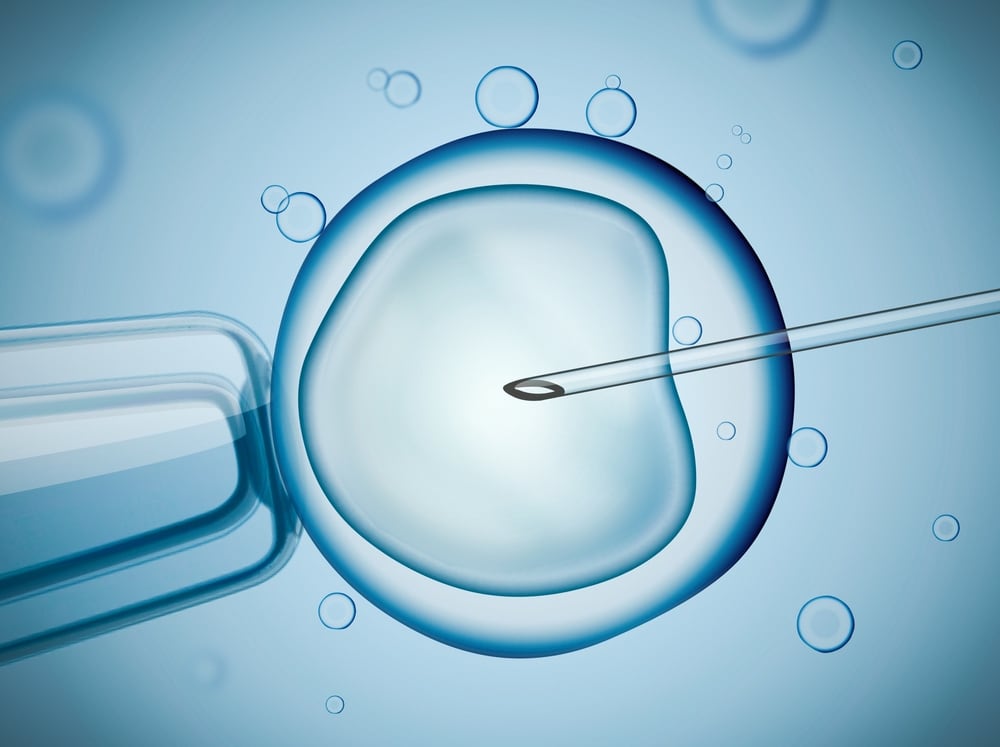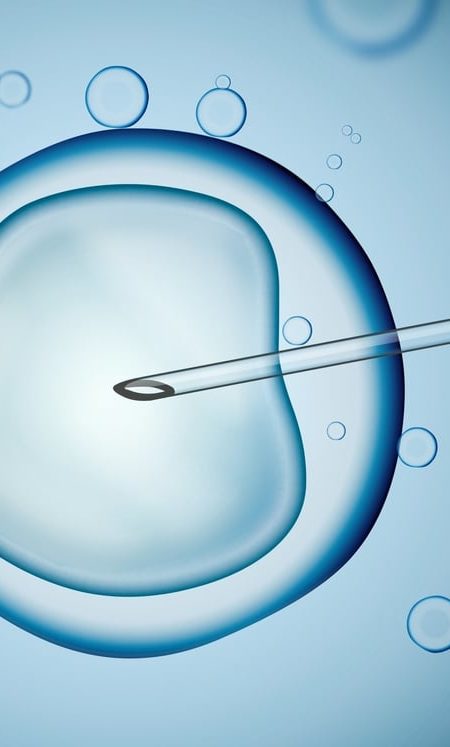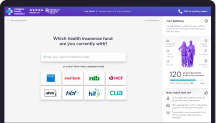Australia is a leader in assisted reproductive technology, boasting high success rates and generous access (even though it’s only offered in private hospitals), making it an attractive destination of “IVF tourism” [2]. It was the birthplace of the third baby to be born via IVF in the world back in 1980.
The popularity in part is due to the fact that 1 out of 6 couples experience infertility in the country. IVF has on average a 33% success rate after one round which goes up to 54-77% at the 8th round. The probability is also believed to be dependent on the woman’s age according to a study done by The Medical Journal of Australia. For women who start in the age range of 30 to 40 actually, have about 43% chance after one cycle yet only 11% for those who start their first IVF cycle while in the age range of 40 to 44.
It’s no easy feat – it’s invasive, expensive and stressful on the woman as well as the whole family. So doctors recommend that you speak with your fertility specialists to consider all the options on the table before starting your IVF treatment.
What’s included in the IVF costs?
Depending on individual circumstances, your total IVF costs will vary. In general, IVF costs consist of 3 main components:
- Pre-treatment expenses: first appointment(s) and tests
- IVF cycle costs: IVF fertility treatment cycles
- Advanced science costs (in some cases): advanced diagnostics or analysis for additional costs such as Digital High Magnification, assisted hatching and Pre-Implantation Genetic Testing (PGT) with karyomapping
How much do the IVF procedures and cycle fee cost?
The costs will vary per clinic but here is the average cost based on the fees charged by 3 large IVF clinics in Australia (IVF Australia, Genea Clinic, [4] and Monash IVF).
- Ovulation induction: $700 per cycle (a cycle normally means one week with 1-3 shots a day) for those who have a hard time ovulating naturally *fee does not include medications
- IVF cycle:
First cycle in the calendar year: $9,000 to $10,000 but could be up to $15,000 with $4,600 as out-of-pocket expense
Subsequent cycles in the same calendar year: $4,000 out-of-pocket expense
- Freezing embryos: $820 with 12 months of storage (and then $37 per embryo per month) or $550 with 6 months
- Freezing sperm: $450 with 6-month storage (and then $37 per sperm sample per month)
- Frozen Embryo Transfer (FET): $3,650 with $2,200 as out-of-pocket costs
- Surgical sperm collection: $675-850 depending on the procedure
If you freeze your embryos for later, the subsequent IVF cycle cost may be lower as using existing embryos eliminate the need for ovulation simulation or retrieval.
In some cases, your treatment plan might include ICSI, Intracytoplasmic Sperm Injection, as an additional step in your IVF cycle. ICSI involves injecting a single sperm into each egg to assist fertilisation through micro-manipulation equipment, often to treat male infertility.
- ICSI Cycle:
First cycle in the calendar year: Over $10,000 with $4,900 as out-of-pocket expense
Subsequent cycles in the same calendar year: $4,500 as out-of-pocket expense
Are there any subsidies or rebates I can take advantage of?
Many fertility treatments qualify for rebates from Medicare. The Medicare Safety Net also provides additional rebates on certain items for those who are struggling with large medical bills once they reach a certain threshold. The Medicare Safety Net threshold is $2,133.
There are certain procedures that are not eligible for rebates such as freezing embryos and Pre-Implantation Genetic Testing.
You must have a referral from your General Practitioner or specialist gynaecologist to make a claim.
About 50 to 60% costs can be covered by Medicare with no cap on the number of cycles [6]. You also have the option to take out a private health fund for the costs not covered by Medicare.
These rebates do not apply if you get your IVF treatment at a private hospital.
Any other costs I should be aware of?
For most patients, they have to stay in day hospitals under anaesthetic for egg collections and embryo transfers. These costs, which are estimated around $2,000 and to be paid upfront, are not eligible for Medicare rebates but many private health insurance policies will cover it.
The fees do not include medications which could range from $1,500 to $3,000 [7].
As mentioned earlier, certain individual circumstances require advanced science costs. For instance, PGD with karyomapping could cost somewhere between $1,600 to $4,000 depending on the number of embryos being evaluated.
If you need an egg donor, you might incur an additional $1,200. For a sperm donor or an embryo donation, it might be an additional $2,000.
Also keep in mind that while Australia allows the child by law to contact the sperm or egg donor which could be prohibited in other countries such as the US, there’s a fee of $750 to do so.
Are there alternatives to IVF?
Intrauterine Insemination
If you have
- at least one unblocked fallopian tube
- the ability to ovulate
- a healthy ovarian reserve (decent amount of healthy eggs)
you might want to consider intrauterine insemination (IUI) instead of IVF [5]. It is a much less invasive and expensive procedure. Unlike a multi-phased IVF, IUI only requires one procedure of inserting prepared sperm into the uterus during ovulation (sometimes with the assistance of fertility medications). The only downside is that IUI has a much lower success rate than IVF, ranging from 8-15% which could drop to 5% if the patients are over 40 [7].
IUI costs around $2,500 with on average $1,500 as out-of-pocket expense per cycle for all cycles within the same calendar year.
New Research in Progress
La Trobe University and the Hudson Institute of Medical Research have been conducting new, exciting research to create personalised medicine or supplements to either enhance or bypass IVF implantation [3].
According to The Sydney Morning Herald, “Breakthroughs may be possible because of the discovery that the lining of the womb and the embryo communicate with each other through tiny bubble-like structures called extracellular vesicles.”
Fertility Treatments that Might be Better Suited to Certain Situations
- Ovulation Induction for women who suffer from Polycystic Ovarian Syndrome (PCOS)
- Keyhole surgery for those with endometriosis
- Zygote intrafallopian transfer (ZIFT) and tubal embryo transfer (TET)
- INVOcell in the US which includes a small device designed to create a ‘natural incubator’
Figuring out the right fertility treatment that you need and the cost you’d bear could seem daunting. Many couples are often horrified by the medical bills even after Medicare rebate so make sure you are prepared by finding the right private health insurance – one that will not only help alleviate a considerable portion of the financial burden but also will provide expert guidance as you and your family go through a challenging journey.
You can start by chatting with us to help you find the right options based on your specific needs!
Sources
[2] https://www.sbs.com.au/news/ivf-tourism-the-chinese-women-travelling-to-australia-for-a-baby
[4] https://www.popsugar.com.au/parenting/How-Much-IVF-Costs-Australia-43577523
[5] https://blog.scrcivf.com/intrauterine-insemination-iui-vs-ivf-which-is-right-for-you
[7] https://blog.scrcivf.com/intrauterine-insemination-iui-vs-ivf-which-is-right-for-you





